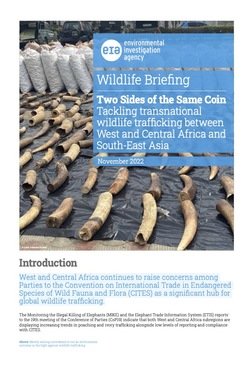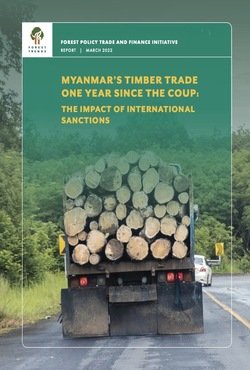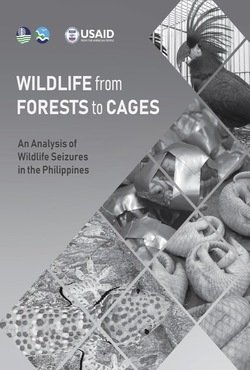By Marianne Allison Lee, Ramacandra Wong
Giant clams (Bivalvia: Cardiidae: Tridacninae) are the largest bivalves in the world. They are distributed in the tropical and subtropical waters of the Indian and Pacific oceans and play a vital role in the ecosystem. Giant clams contribute to coral reef health, abundance, and diversity by increasing seabed heterogeneity, acting as a substrate for reef-associated organisms, providing an additional food source, and filtering water to sequester nutrients, among others (Othman et al., 2010; Neo et al., 2015). Under the Convention on International Trade in Endangered Species of Wild Fauna and Flora (CITES), giant clams are classified under family Tridacnidae, but a recent phylogenetic analysis placed the twelve extant giant clam species under family Cardiidae and sub-family Tridacninae (Tan, 2021). Ten of these giant clam species have been listed on CITES Appendix II since 1985. This listing was in response to the increased harvesting of giant clams for their meat, shells, and the aquarium trade that led to some species like Southern Giant Clam Tridacna derasa, Giant Clam T. gigas, and Scaly Clam T. squamosa becoming locally extinct in their range countries (Lucas, 1994; Wells, 1997; Huelsken et al., 2013). In 2010, Othman et al. reported that populations of all seven species of giant clams in Southeast Asia were in severe decline, while some species were functionally extinct. This has moved some countries, such as the Philippines and Indonesia, to implement giant clam restocking programmes.
TRAFFIC, Southeast Asia Regional Office, Petaling Jaya, Selangor, Malaysia., 2023. 16p.





















